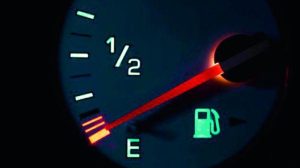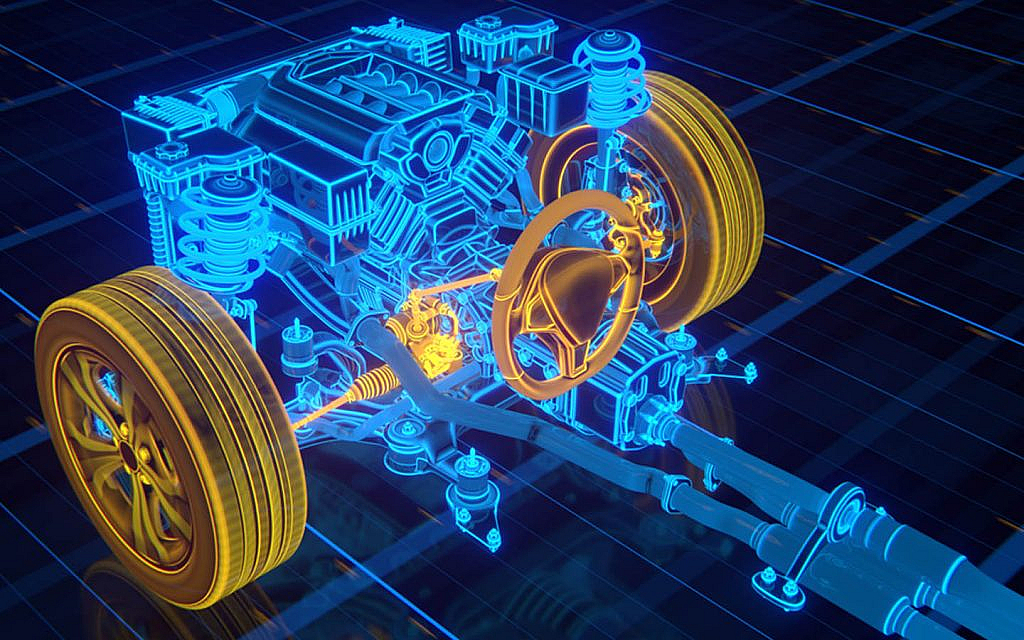The ‘fuel low’ indicator is triggering more than ever before and it’s important to find out what it means before you get struck in a long cue in front of the filling station.
The fuel low indicators flash is usually when tank capacity is down to 10-15% , however, you don’t need to panic because you could drive an average of 25 -30 miles after that point, however, this estimation could be tricky because there is a wide variation among different vehicles.
There are digital displays that indicate the distance you could drive once the low fuel indicator starts blinking.
It would be advisable to think of alternatives if you think that you are unable to get fuel before you come to a standstill.
 Alternatives could range from calling a friend to picking up a can and getting into a three-wheeler in search of fuel after parking safely.
Alternatives could range from calling a friend to picking up a can and getting into a three-wheeler in search of fuel after parking safely.
The vehicle will give you signs when the last fuel is drying up. you might feel your vehicle juddering as you try to accelerate and hear spluttering noises before it comes to a complete stand still.
Be aware that if you cause a road accident due to the lack of control of the vehicle you could be charged with dangerous driving.
Damage the Car
Driving with low fuel could also damage the car.
As the fuel level gets lower, the car starts picking up debris from the bottom of the tank. This could damage both the fuel filter and the pump. The catalytic converter could also be damaged.
Most petrol cars don’t have an engine management system that shuts down before you run out of fuel, preventing damage to the car.
Getting stranded on the highway could be dangerous especially if you are halted near a bend.
There are a few tactics you could use as soon as you see the fuel level low indicator:
- Roll up your windows to reduce wind resistance
- Drive with a light foot and maintain a constant speed
- Use cruise control if you have it
- Turn off all electronic accessories and unplug any charging phones
- Check your tyre pressure – under-inflated tyres could increase fuel consumption






